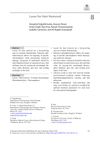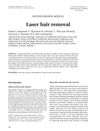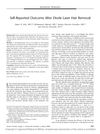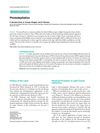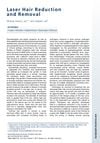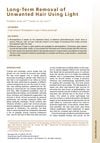Vascular Mechanisms in Laser Hair Removal
January 2000
in “
Journal Of Cutaneous Laser Therapy
”
laser hair removal long-pulsed Alexandrite Diode laser long-pulsed Nd:YAG hair follicles coagulative necrosis dermal papilla thermal damage peribulbar blood vessels intravascular coagulation vessel closure Factor 8 stains melanin microcirculation follicular miniaturization fibrosis Alexandrite laser Diode laser Nd:YAG laser hair follicle damage blood vessel damage melanin absorption blood supply reduction
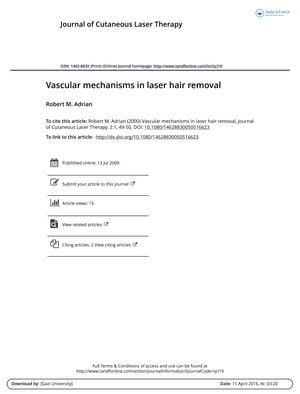
TLDR Laser hair removal might also work by damaging blood vessels around hair follicles.
In 2000, Robert M. Adrian discussed the potential vascular mechanisms involved in laser hair removal. The study examined the effects of various lasers, including long-pulsed Alexandrite (755 nm), Diode (810 nm), and long-pulsed Nd:YAG (1064 nm), on hair follicles. Histologic studies showed that these lasers caused coagulative necrosis of the dermal papilla and hair shaft, with additional thermal damage to surrounding tissues. The research suggested that, aside from targeting the hair follicle's bulb and bulge, laser hair removal might also involve a secondary mechanism related to vascular damage. This was evidenced by microscopic changes in peribulbar blood vessels, including intravascular coagulation and vessel closure, as well as Factor 8 stains indicating significant blood vessel damage. The hypothesis proposed was that the thermal energy absorbed by melanin in the hair might be transferred to the surrounding microcirculation, leading to a reduction in blood supply to the follicles, which could result in follicular miniaturization or fibrosis. Further studies were suggested to support this hypothesis.
